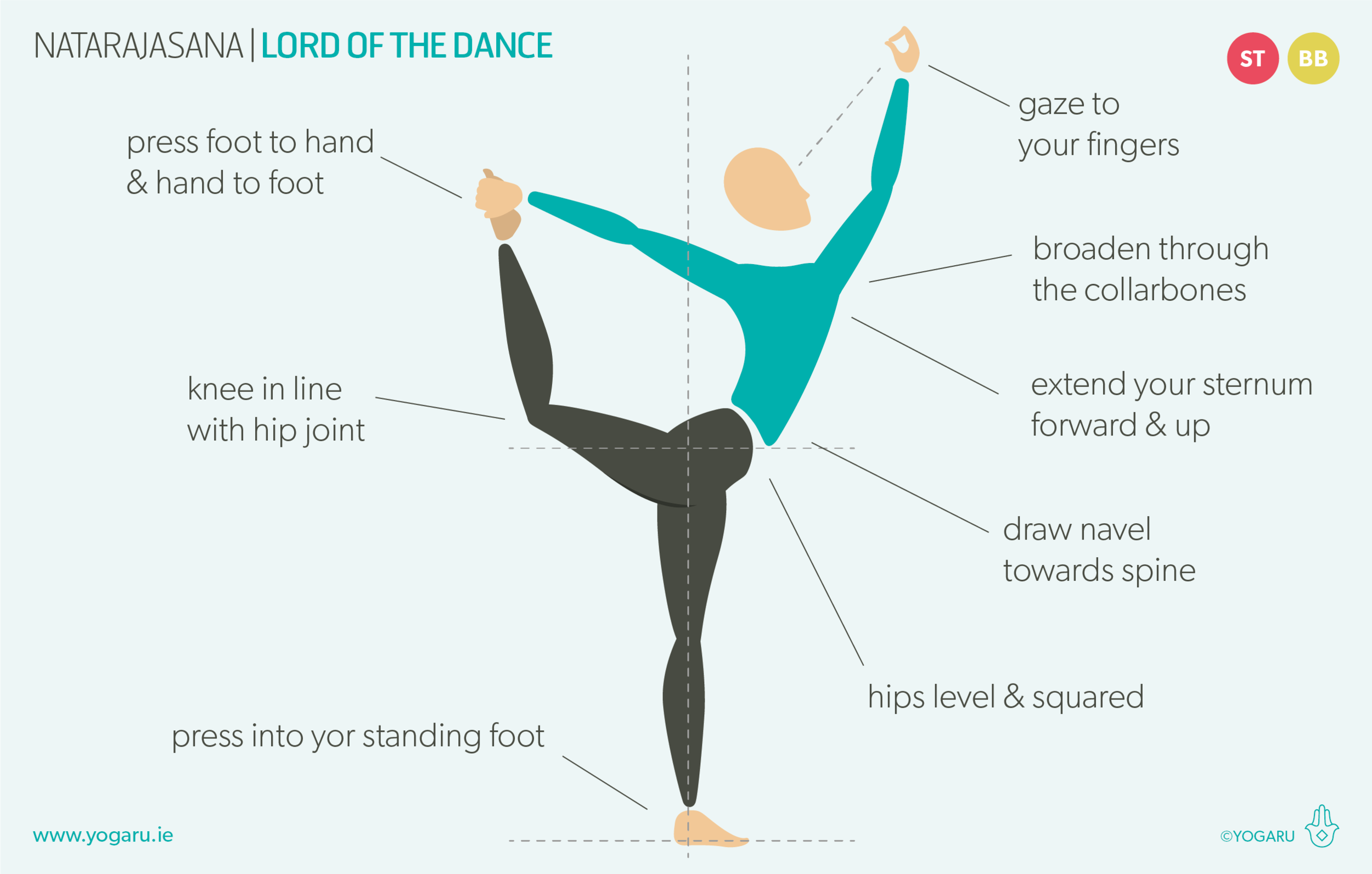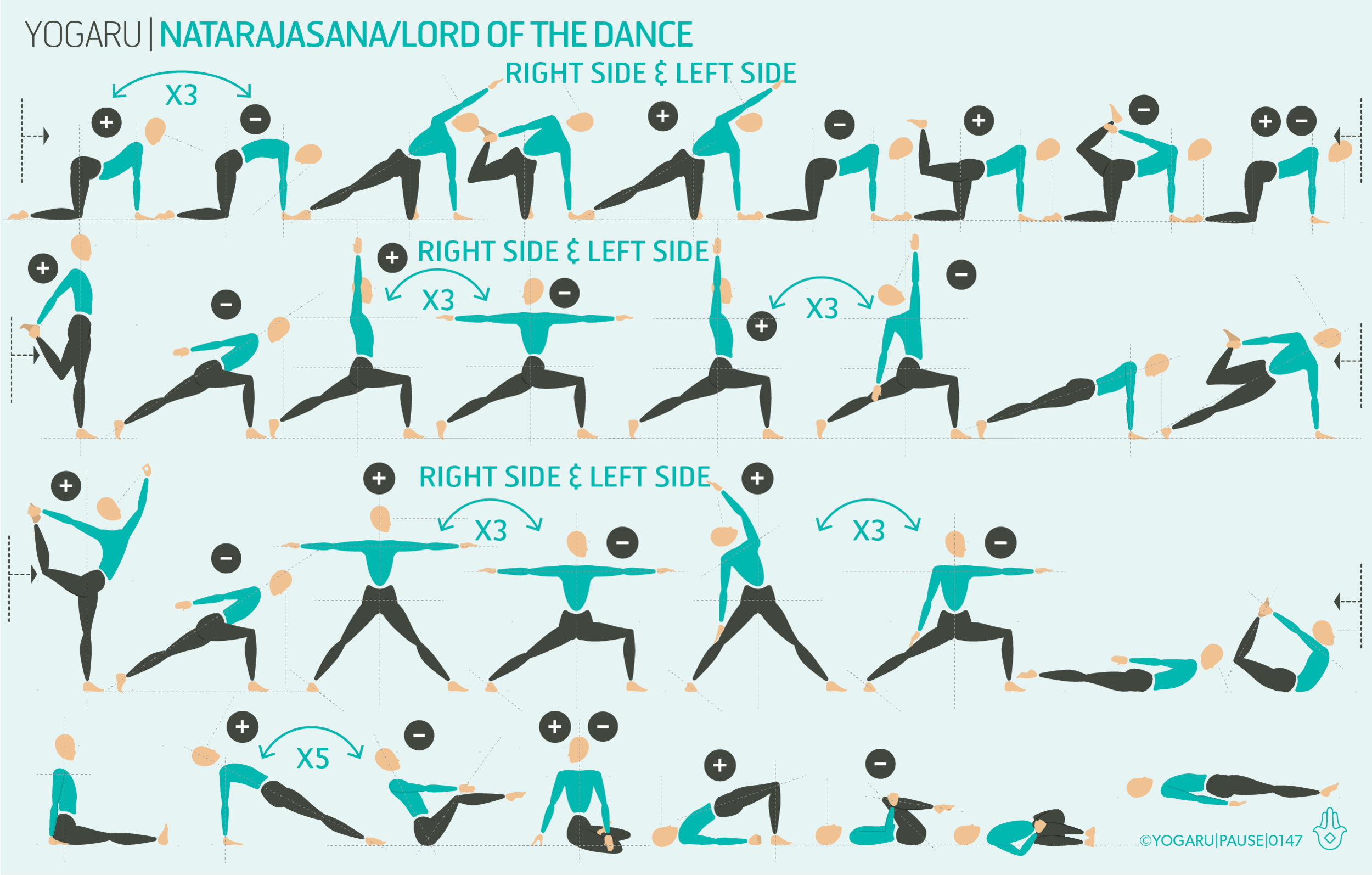DEEP BREATHING POSE
Parighasana/Gate is a kneeling, deep side bend or lateral bend pose. It is a lovely pose to use at the start of your practice while you are warming up and preparing yourself for your standing flows. It expands the lungs and stretches the intercostal muscles between the ribs which helps you to deepen your breath and improves breathing quality and capacity. It also benefits breathing conditions such as asthma, allergies and even helps to relieve the respiratory symptoms of colds and flu. Parighasana/Gate is frequently used as a preparatory warm up pose when building up towards standing poses like Virabhadrasana II/Warrior II, Trikonasana/Triangle, Parsvakonasana/Side Angle and Utkata Konasana/Goddess.
THE BENEFITS OF PARIGHASANA/GATE
Parighasana/Gate stretches the sides of the abdominal region and spine; the hamstrings and inner groin of the outstretched leg; the shoulder of the reaching arm and the intercostal muscles of the top side. As an abdominal stretch it stimulates all the organs of this region including the digestive system. Good digestion and gut health is one of the cornerstones of overall health. Parighasana/Gate both stimulates the lining of the gut to optimise its functionality and relieves constipation by gently pressing and assisting with peristalsis.
EXPLORING PARIGHASANA/GATE IN YOUR PRACTICE
Often when we take a side stretch we are actually tilting the pelvis which gives us the impression that we hinge more than we actually do. In Parighasana/Gate the hips are fixed over the kneeling leg which gives you a gauge of your true lateral bend. The spinal range of lateral bend is 20 degrees in the lumbar region, 20 degrees in the thoracic region and 35 degrees in the cervical region. When you factor in all three sections of the spine it gives a lateral bend of 75 degrees (full spinal extension/backbend is 135 degrees and full spinal flexion/forward bend is 145 degrees).
You might also find you can hinge more to one side than the other. To the external eye we are quite symmetrical but internally we are often asymmetrical in our strength and stretching ability.
ALIGNMENT CUES
Each time you come into a Parighasana/Gate or version of it pause and lengthen through the whole spine first to give each vertebra space to tilt.
Have a read of the tips below and either print out the sequence or save it onto your device:
From kneeling, extend your right foot out to your right with a straight leg, toes facing away from you. Check for right heel to left knee alignment.
Inhale, reach your left arm up high, palm facing right, exhale, hinge to the right from the hip joint. Reach your left arm up and over your ear, place your right hand on your right shin.
Bottom waist rolls forward, top waist rolls back, gaze forward or under your left upper arm.
To save the images for personal use click and hold down the image until the ‘save image’ option appears; on Mac hold down ‘control’ and click the image to get the option box; on PC right click on the image to get the option box. Scroll down in the ‘option box’ and click ‘save image’.
Ruth Delahunty Yogaru






